In the ever-evolving world of coffee, understanding the nuances of roast levels is essential for both casual drinkers and connoisseurs. One term that has recently sparked interest is “shade lighter than cappuccino,” a phrase that may seem cryptic at first but holds significant meaning in the context of coffee bean roasting. This article delves into the concept of shade lightness in coffee roasts, focusing on how it relates to cappuccino and other popular coffee beverages.
What Does “Shade Lighter Than Cappuccino” Mean?
The phrase “shade lighter than cappuccino” is not a standard term used in the coffee industry, but it can be interpreted as referring to a coffee roast that is lighter in color and flavor compared to a traditional cappuccino. Cappuccino is typically made with espresso, which is a dark roast, and milk. Therefore, a coffee that is “lighter than cappuccino” would likely be a light or medium roast, offering a brighter, more acidic profile.
The Science Behind Coffee Roast Levels
Coffee roast levels are determined by the degree to which green coffee beans are roasted. The Specialty Coffee Association of America (SCAA) defines eight primary coffee bean roast levels using the Agtron Gourmet Coffee scale, ranging from very light to very dark. Each roast level corresponds to a specific color and Agtron number, which helps roasters achieve consistency and desired flavor profiles.
- Very Light (Agtron 95): High acidity with underdeveloped, grassy flavors.
- Light (Agtron 85): Bright acidity with mild body and floral notes.
- Moderately Light (Agtron 75): Balanced acidity and sweetness with a more developed body.
- Light Medium (Agtron 65): Complex flavors with a balance of acidity, sweetness, and body.
- Medium (Agtron 55): Richer body, muted acidity, and enhanced caramel notes.
- Moderately Dark (Agtron 45): Smoky, caramelized flavors with a bold body.
- Dark (Agtron 35): Bittersweet chocolate notes with low acidity and smoky undertones.
- Very Dark (Agtron 25): Charred, burnt flavors with minimal sweetness and acidity.
How Different Coffee Roast Levels Taste
The taste of coffee changes significantly depending on the roast level. Light roast coffee preserves much of the bean’s original flavor, offering bright, fruity, and floral notes. Medium roast coffee strikes a balance between the bean’s natural flavors and the deeper, caramelized notes developed during roasting. Dark roast coffee, on the other hand, develops bold, rich, and smoky flavors, with oils rising to the surface.
The Role of Caffeine in Coffee Roasts
Caffeine content in coffee varies between roast levels, but the difference is relatively small. A 2021 study found that medium roast coffee had the highest caffeine content, followed by light roast. However, the difference in caffeine content between light and dark roasts is minimal and hard to measure for most roasters or consumers.
Choosing the Best Coffee Roast for Different Brewing Methods
Selecting the best coffee roast level depends on your brewing method and desired flavor profile. Light roasts are ideal for pour-over or drip methods, while medium roasts offer a balanced flavor suitable for various brewing methods. Dark roasts are best paired with French press or espresso for a robust taste.
The Best Coffee Roast for Espresso
The best coffee roast for espresso is generally considered to be a medium-dark roast, as it provides a balance of sweetness, body, and acidity, while still allowing the unique flavors of the coffee bean to shine through.
The Best Coffee Roast for Cold Brew
For cold brew, a medium or dark roast is recommended, as these roasts tend to produce a smooth, less acidic, and more chocolatey or nutty flavor profile that complements the cold brewing process.
The Best Coffee Roast for French Press
A medium to dark roast is typically best for French press, as it provides a balanced flavor profile with the body and richness that French press brewing is known for.
The Best Coffee Roast for Pour Over
A light to medium-light roast is generally considered the best for pour-over, as it highlights the nuanced flavors and acidity of the beans.
Conclusion
Understanding the concept of “shade lighter than cappuccino” involves recognizing the differences between coffee roast levels and their impact on flavor. Whether you prefer a light, medium, or dark roast, the key is to choose a roast that suits your taste preferences and brewing method. By exploring different roast levels, you can discover the perfect cup of coffee that enhances your daily routine.
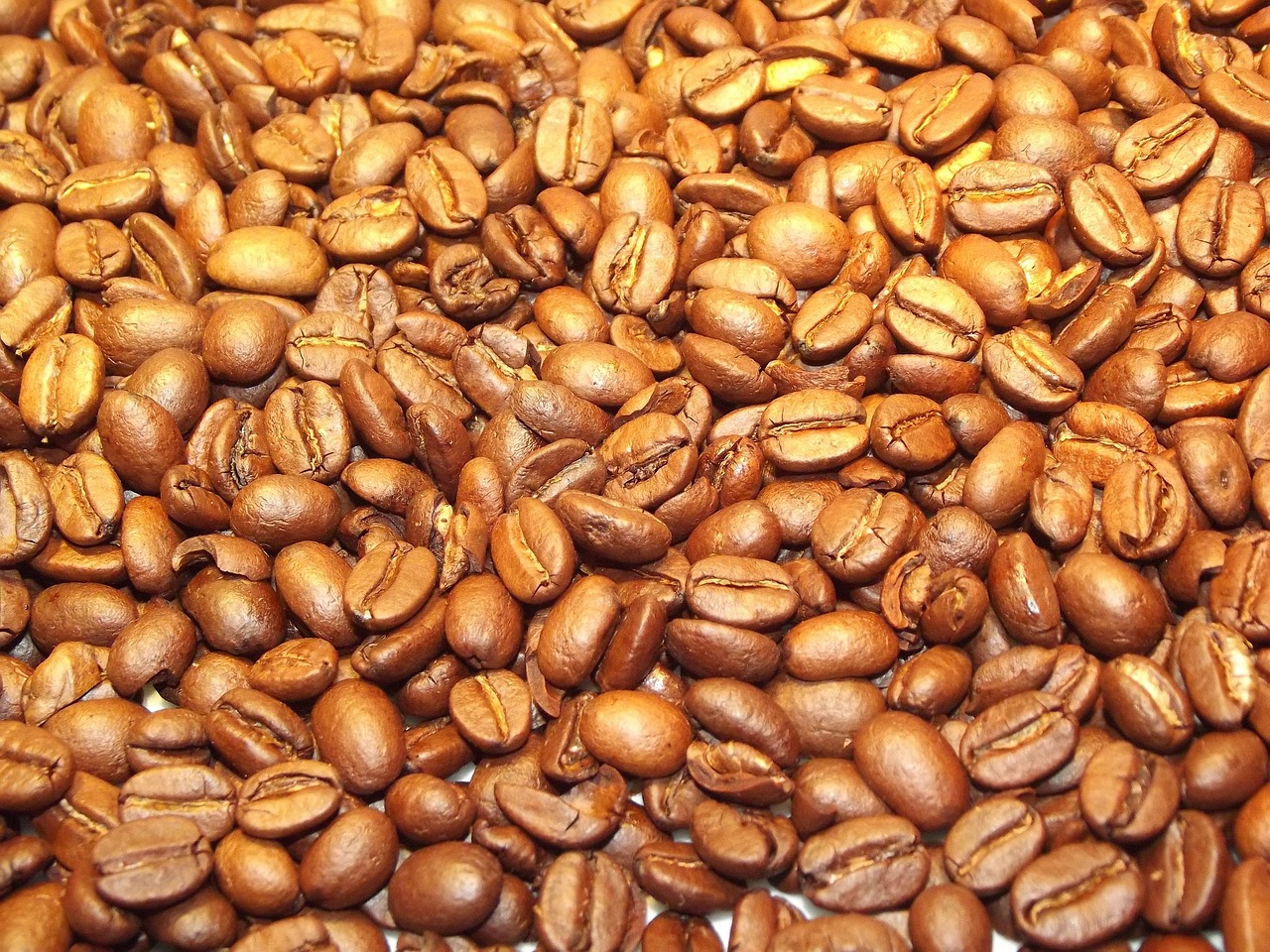
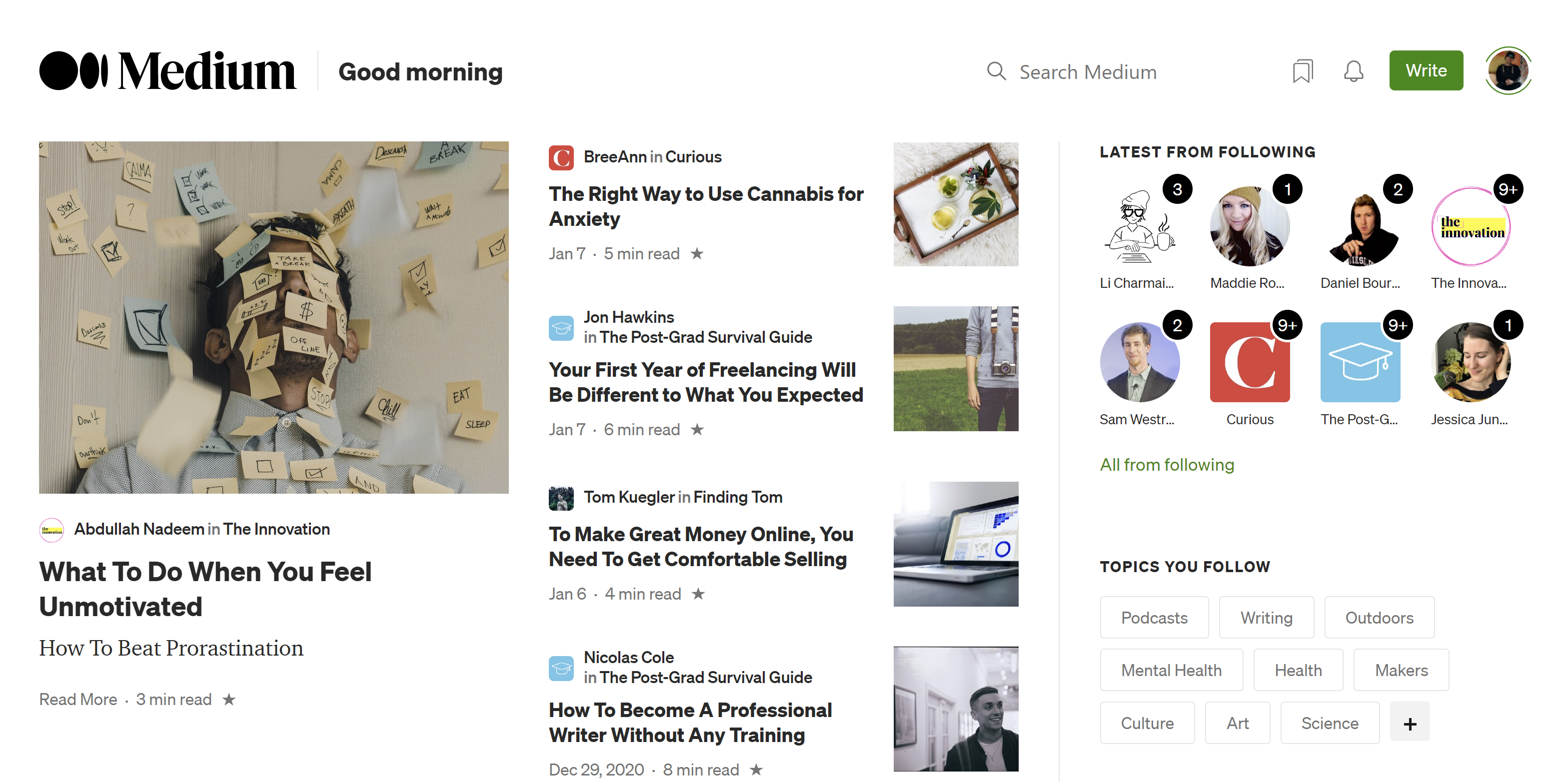
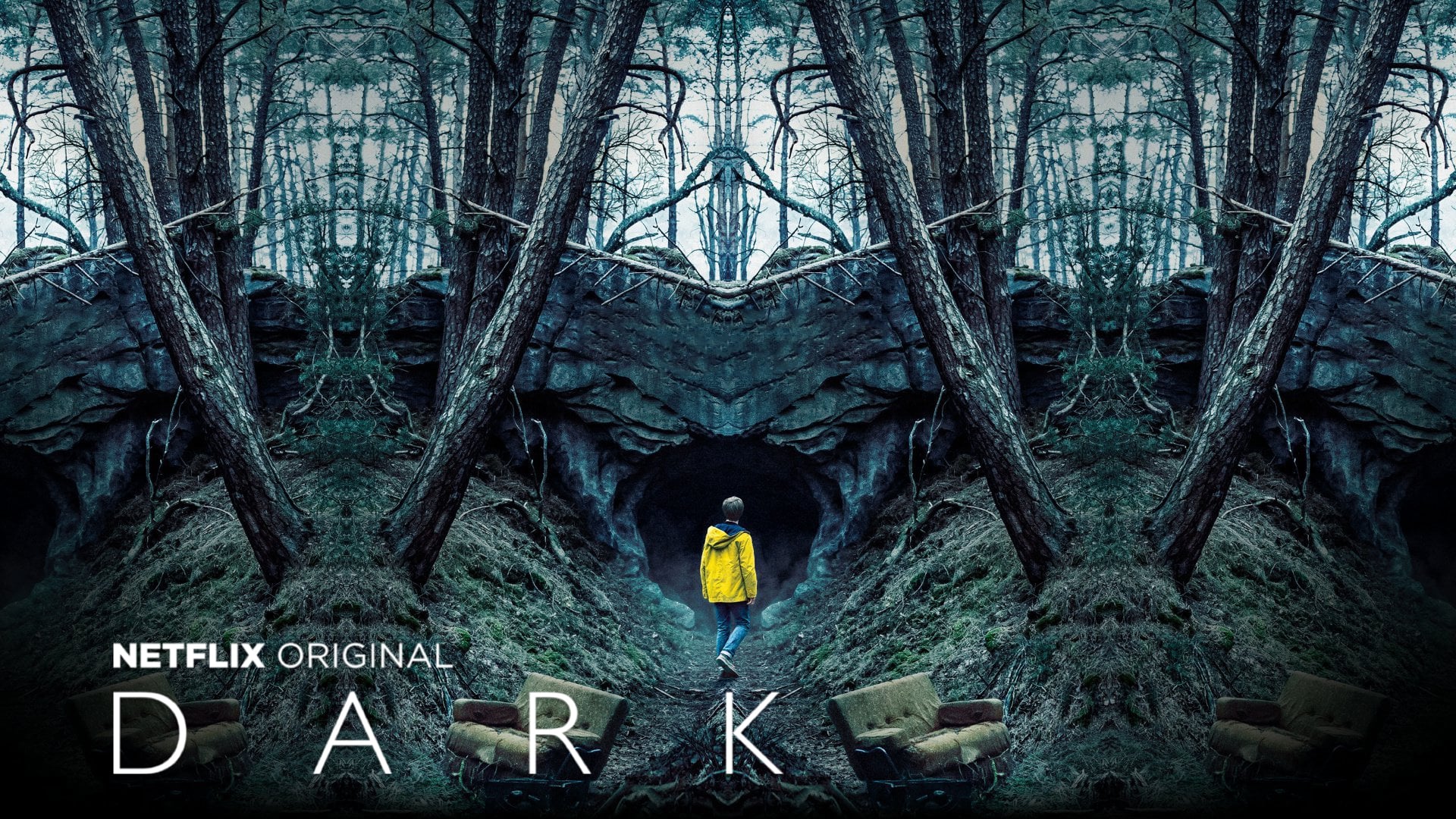
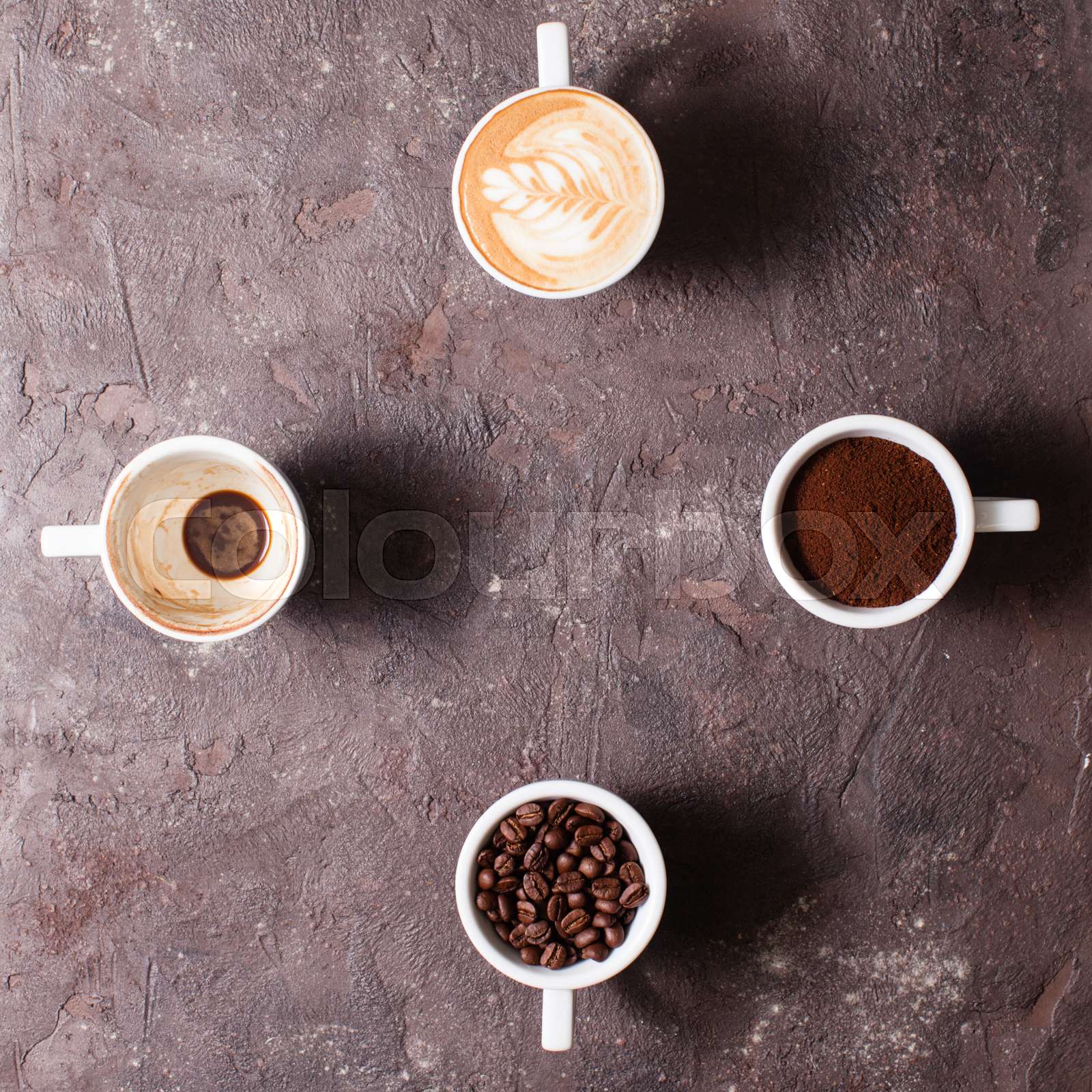
Meta Title: US Trending News: Shade Lighter Than Cappuccino Guide
Meta Description: Discover the meaning behind “shade lighter than cappuccino” and explore coffee bean roast levels. Learn how different roasts affect flavor and find the best options for your brewing method.
Author: [Nama Lengkap]
Title/Role: [Jabatan atau keahlian]
Credentials: [Ringkasan kualifikasi atau pengalaman terkait]
Profile Link: [Link profil, opsional]
Sources:
1. Specialty Coffee Association of America
2. Molecules Journal – Caffeine Content in Coffee
3. Coffee Roasting Science
Internal Links:
– Understanding Coffee Roast Levels
– Choosing the Right Coffee Roast
– Coffee and Health
Call to Action:
Stay updated with the latest news and trends in the coffee world. Explore our guide to coffee bean roasts and find the perfect cup for your taste.



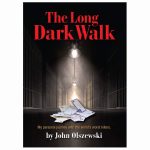



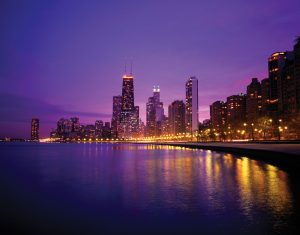
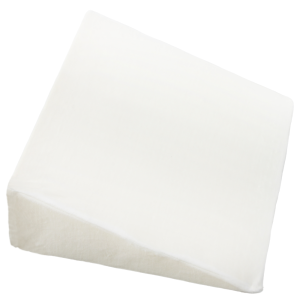
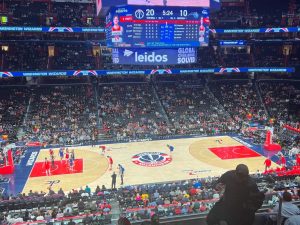
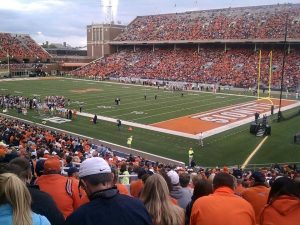
More Stories
The Ultimate Guide to Choosing the Perfect Wedge Pillow for Comfort and Health
US Trending News: Key Ukrainian Seaports and Their Role in Global Trade
Understanding Shawwal: The Tenth Month of the Islamic Calendar